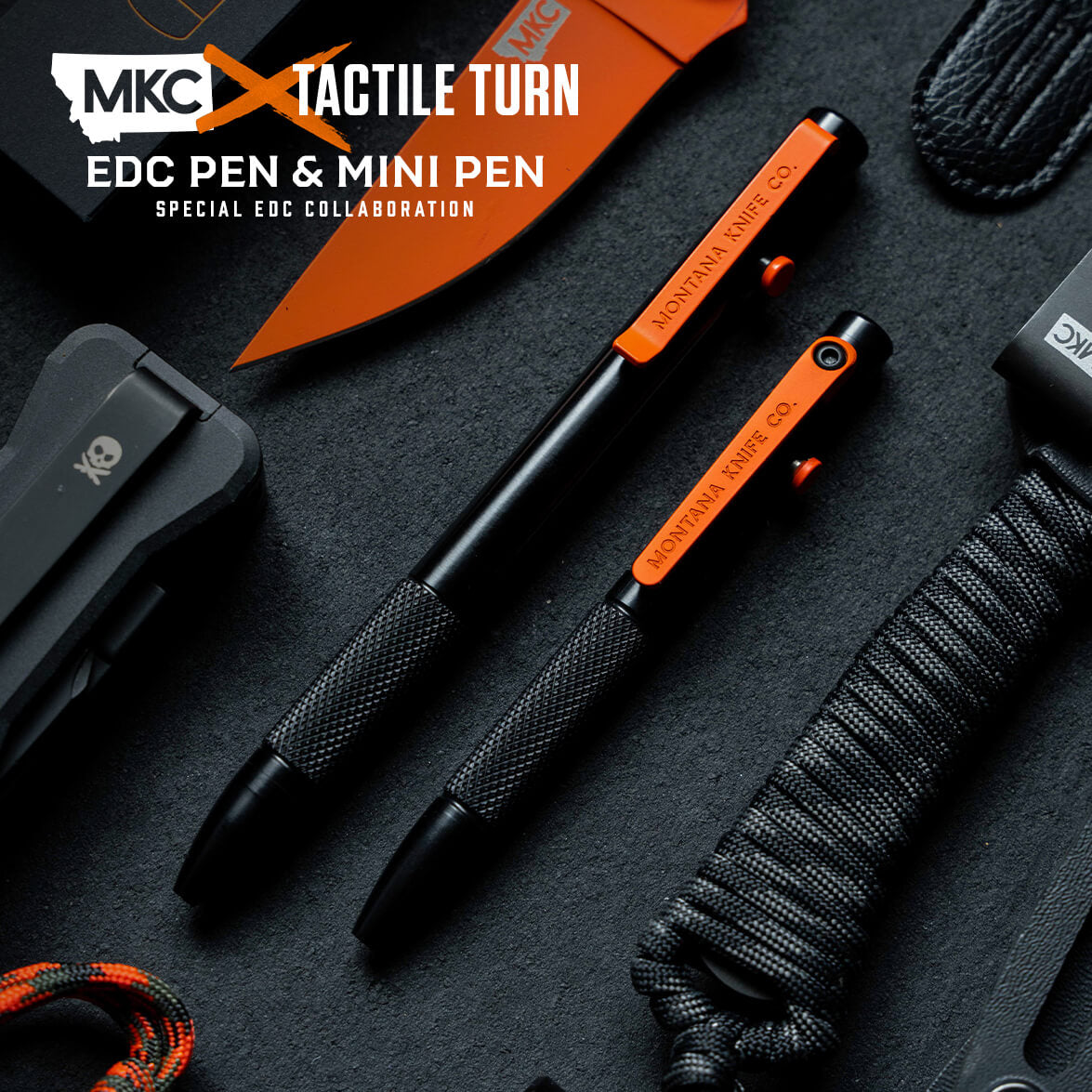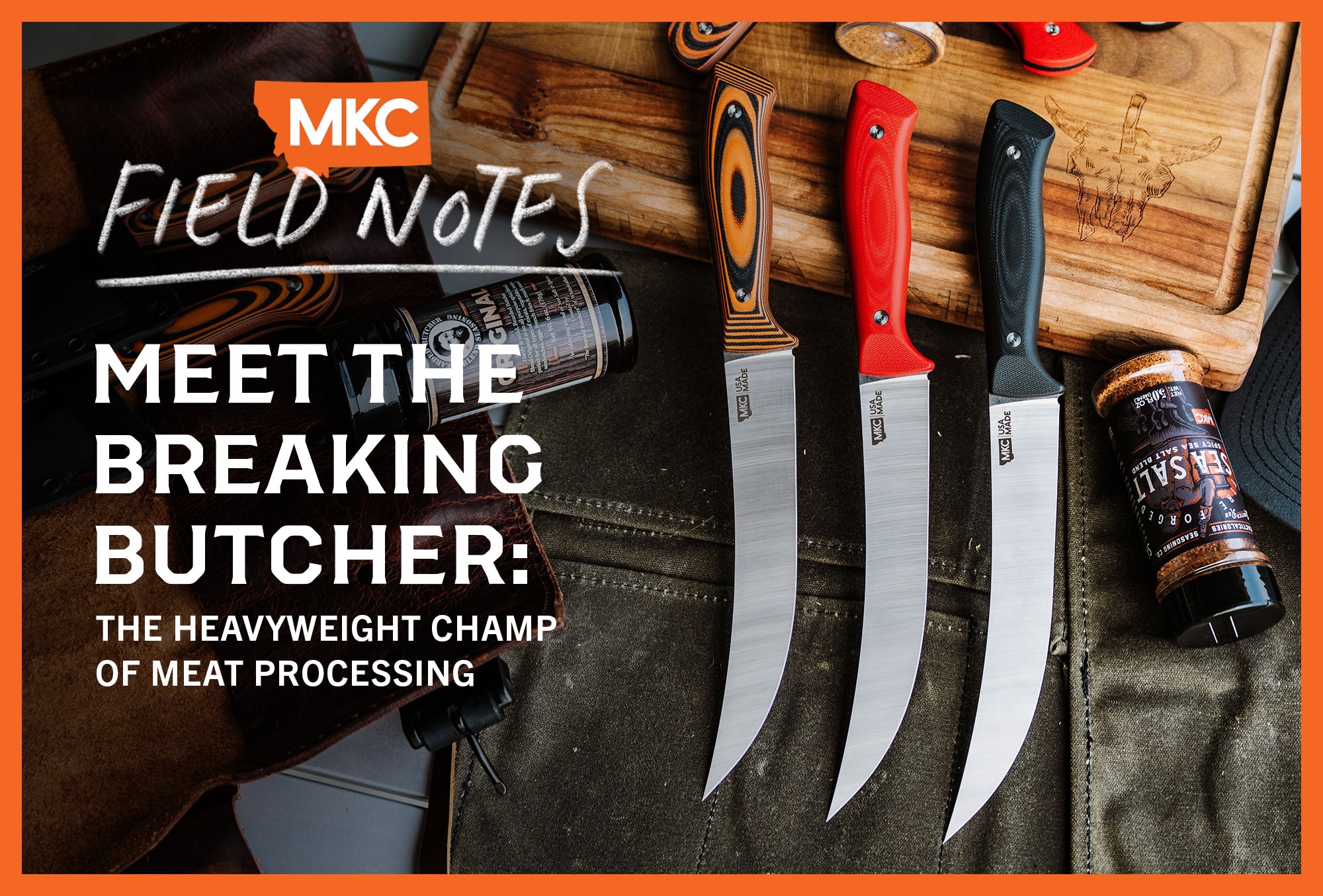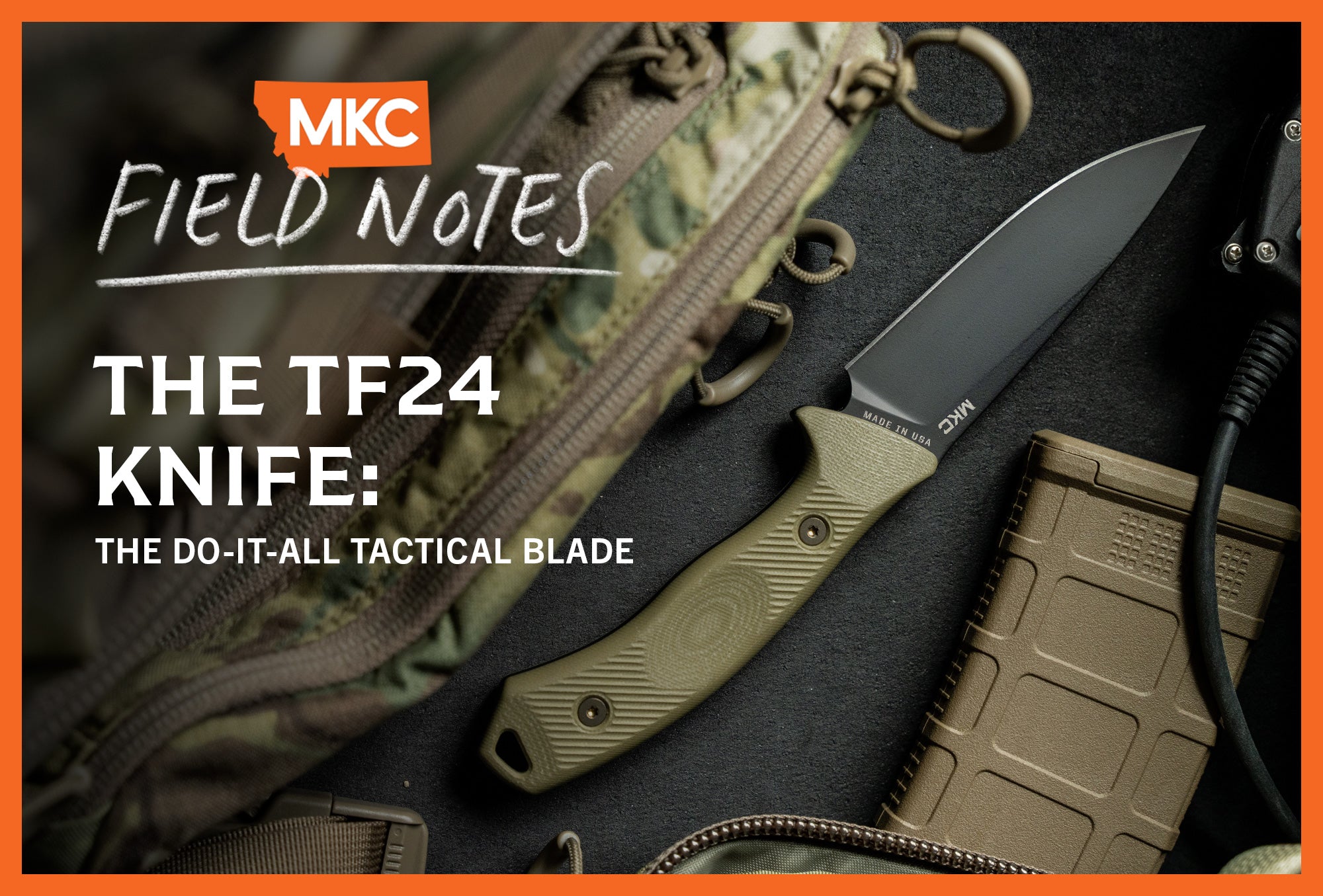A brand-new knife has a super sharp edge that cuts easily. But the blade dulls over time, and kitchen tasks become a chore. You might wonder if it’s time to sharpen your knife — however, you might just need to hone it instead.
All knives eventually need sharpening, but sharpening them too often is detrimental. Honing saves the day between sharpenings.
If you know how to hone a knife, you extend the time between sharpenings, preserve your blade, and keep it cutting clean for longer.
The Difference Between Honing and Sharpening
To understand the difference between honing and sharpening, let’s inspect your knife’s blade.
Knife blades have tiny micro serrations along their cutting edge. While your knives’ edges might seem smooth, they’re actually like tiny, microscopic teeth.
Over time and with use, these teeth bend out of alignment and no longer cut properly. This is normal for knives, but it happens faster when they’re stored poorly or used repeatedly on harsh cutting surfaces.
Honing realigns those microscopic teeth using an abrasive steel, ceramic, or diamond-encrusted rod, making them stand up straight to cut how they should.
Many people refer to honing rods as “sharpening rods” or “sharpening steel,” but these rods don’t “sharpen” knives in the traditional sense. Honing doesn’t create new teeth; it just aligns the existing ones.
Eventually, no amount of honing will make your knife cut better. After enough use, the teeth won’t just bend — they’ll wear off or break. Sharpening removes steel to reestablish the apex geometry of your blade’s edge, building a new set of sharp teeth.
This is an entirely new distinction for many knife owners. Commercial manufacturers benefit from a lack of education because they rely on engineered obsolescence. If a knife no longer works, they say, “Don’t worry! You can just throw it away and buy another one cheap from us!”
We want to help knife owners understand how to care for their knives. If cared for properly, quality blades last for generations. Learning how to hone a knife is part of this educational process.
How to Hone a Knife
At MKC, we view honing as a ritual that shows respect for the tool, like how people re-season cast-iron pans that pass through generations of family. You don’t toss a tool with that much value in the sink or garbage. You learn how to care for it.
Honing between sharpenings is one of the best ways to keep your tool in top shape. If you’d like to learn how to hone a knife, apply the tips below:
Know Your Degree Angle
The first step to honing a knife properly is determining its edge angle. Match the degree at which it was last sharpened and realign the teeth along that edge.
All knives have a narrow sharpening bevel. The micro serrations are at that bevel’s apex. That apex intersects with the knife’s main bevel, or face.
Hone your knife by sliding the primary cutting bevel along the rod at the sharpening angle. If you hone at too acute an angle, you’ll feel the rod hit the ridge between the face and the sharpening bevel. It takes practice to locate the right spot.
You might start too high on the bevel, toward the spine, or too low on the bevel, toward the apex. Swipe and adjust until you find the right angle.
Maintain consistent control. Don’t do this in the air — set the honing rod straight down on a cutting board, stand behind it, and watch the angle. This positions you to see what you’re doing, make adjustments, and avoid guesswork.
Choose the Right Gear
Use steel, ceramic, or diamond-encrusted rods for honing. The right one for the job depends on the type of steel you’re honing and, to a lesser extent, personal preference.
Steel rods work best for knives made with softer steel, like European knives. However, they’re not a great fit for high-hardness, high-carbon steels (like the steels in MKC knives).
On softer steels, steel rods push the blade’s teeth back into alignment; on harder steels, steel rods shear those teeth off rather than align them.
Diamond-encrusted rods are aggressively abrasive. Many people like them because they hone knives with just a few swipes. The problem is that they’re often too aggressive.
Diamond rods are so hard and abrasive that they tend to sharpen more than hone. They remove material from the blade’s apex and slowly create new edge geometry. That dulls the cutting edge, making you think you need to hit it again with the rod, creating an endless cycle.
Ceramic rods are our favorites for MKC knives. They’re lightweight, which is great for the kitchen and the field. They’re much less abrasive — especially fine rods at 1200 to 1500 grit — versus the 220 grit you find on diamond rods. These mildly abrasive rods gently realign the teeth without changing your blade’s geometry.
Ceramic honing rods are great for softer European steels and hard, high-carbon steels. They’re much more versatile than other honing rods while still being safe for your blade.
Maintain Good Technique
The technique for how to hone a knife is pretty straightforward once you get a feel for it. Simply slide the primary cutting bevel along the honing rod.
Try to use about three to five pounds of pressure. Practice on a baking scale to get an idea of what that feels like.
If you can’t measure pressure or don’t want to push too hard, that’s fine — it’ll just take a little more time. Having good control is more important than applying the perfect amount of pressure.
Determine Frequency
How frequently you hone a knife is up to you.
If you use your knife daily and for long periods, you may hone it a lot. However, if you baby it, you might rarely feel the need to hone. Honing frequency depends on where and how you use your knife and the cutting results you expect from it.
Some people hone their knives before every use, which is usually unnecessary. Instead, start by cutting with it. If it’s not working how you want, then do a few licks on the honing rod. For most people, honing after every fourth or fifth use should do the trick.
Your cutting surface also plays a role. Hard cutting surfaces are tough on your blade’s micro serrations. I always recommend cutting on wood surfaces. Knife blades are hard, yes, but micro serrations are delicate.

How to Keep Your Knife Sharp for Longer
While all knives need honing and sharpening eventually, you can take steps to reduce the frequency.
Keep your knife’s edge geometry in order by practicing the three “proper” parts: proper storage, proper cleaning, and proper usage.
Proper Storage
If you’re like most Americans, you store your kitchen knives in a drawer, where they slide around when not in use. You might also toss them in the sink to soak when you’re done with them. Both practices damage your knife’s delicate edge.
I’m a fan of magnetic storage strips for kitchen knives. Magnetic strips keep knives handy and safe in your prep area and protect the edges, too.
If you store your knives in a drawer, they need a protective sheath or holster to keep them from bumping into other silverware or drawer edges. This goes for hunting and processing knives, too, especially if you leave them in a bag or closet with your other gear.
All MKC knives come with a custom-fit Kydex holster to protect them (and you) when not in use. Ensure your knife and holster are clean and dry before storing them safely.
Proper Cleaning
Don’t leave knives to soak in the sink. If you must, don’t do it for long, and don’t put them in with other items. Avoid submerging the handle if it’s a porous material like wood.
While many of MKC’s knives have exterior Cerakoting or Parkerization for protection, all knives corrode with enough abuse. Even stainless steel rusts if you treat it harshly.
Steel corrodes when it comes into contact with water and oxygen, so the sink is a prime place for it to happen. Hand-wash your knife and dry it thoroughly after use. Don’t put it back until it’s dry.
Finally, consider using an exterior protectant like MKC’s Blade Wax to hydrate and protect your knife after washing. Not only will a good oil or wax help water bead off and away, but it’ll also protect your knife from oxygen.
Proper Usage
Take care where and how you use your knife.
I always prefer wood cutting boards to protect my knives’ edges, but other materials work, too. For instance, some plastic and silicone cutting boards are soft enough. Don’t use glass, ceramic, or stone cutting surfaces.
While taking good care of your knives in the kitchen is easy, it’s tough in the field. Sometimes, a rock is the best cutting board available, and sometimes, you have to use your blade to bushwhack or pry. That’s fine, as long as you know the risk and are prepared to undo the damage.
How to Hone a Knife for Longevity and Performance: Final Thoughts
Honing is all about maintaining your blade’s delicate edge geometry. High-performance knives depend on sharp, aligned micro serrations.
Honing is an easy way to keep knives operating at a high level. It also prolongs the knife’s life by extending the time between sharpenings. Any time you sharpen a knife, you remove material from the blade. The more material you remove from the blade, the shorter its lifespan.
While proper honing techniques are essential, they’re only half the battle. Once you learn how to hone a knife and practice proper storage and cutting techniques, your blades will cut to their fullest potential.
By Mareko Maumasi, Master Bladesmith and Founder of Maumasi Fire Arts






































